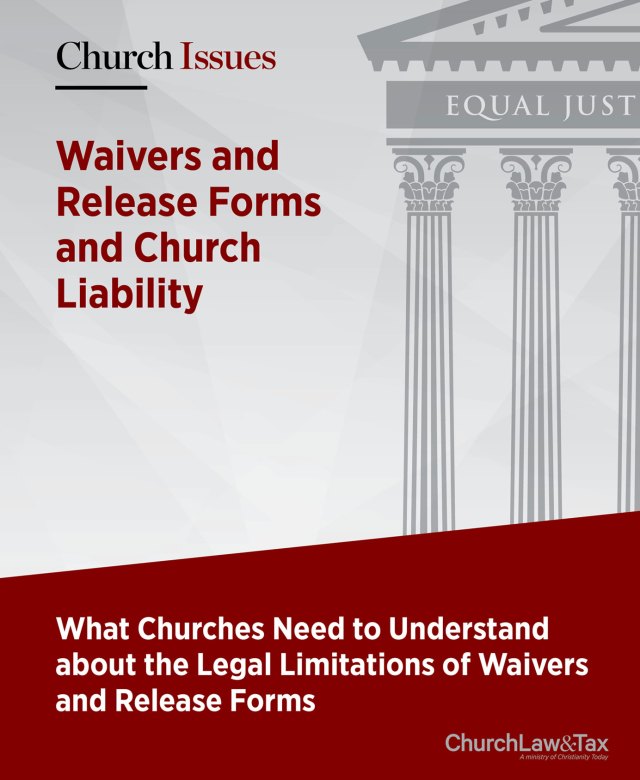A Washington state court ruled that a “waiver and release” provision in a fitness center membership agreement was not legally enforceable because it was not sufficiently conspicuous, and therefore a 74-year-old patron who was injured while receiving instruction on weightlifting equipment could sue the center. A 74-year-old woman (the “plaintiff”) had rotator cuff surgery on her right shoulder and heart surgery to put in a stent. After completing post-surgery rehabilitation her doctor recommended that she continue to exercise. She joined a fitness center located a block away from her house. Membership in the center required that she sign a membership agreement. The agreement contained a “Waiver and Release” paragraph that stated:
Waiver and Release: I am aware that physical exercise is a calculated risk activity and that using The Club’s exercise machines, free weights, aerobics, group fitness, tanning, babysitting services, personal training services, nutritional supplements, and any other facilities and related services offered by The Club involves inherent risks and dangers, including loss of or damage to personal property and serious personal injury or death. I am aware of and understand the scope, nature, and extent of the risks involved in the activities contemplated by this Release and Waiver. I voluntarily assume and freely choose to incur any and all such risks of loss, damage, or injury, including death, including, but not limited to, the risk of harms caused in whole or part by the unintentional conduct of The Club.
There is a signature line below the Waiver and Release provision that the plaintiff signed.
On her third visit to the fitness center, the plaintiff met with a personal trainer to learn how to use the weight machines. She had never used weight machines before. The personal trainer took her to one of the machines and began explaining it to her. During this session the plaintiff momentarily lost her balance and fell backward, striking her head on the floor. She sued the fitness center, claiming that the trainer’s negligence caused her injuries. A trial court dismissed the lawsuit on the basis of the signed waiver and release, and the plaintiff appealed.
The appeals court noted that “the general rule in Washington is that a waiver provision is enforceable unless (1) it violates public policy, (2) the negligent act falls greatly below the legal standard for protection of others, or (3) it is inconspicuous.” In this case, the only question was whether the waiver and release in the membership agreement was “so inconspicuous that reasonable persons could reach different conclusions as to whether the document was unwittingly signed.”
Factors in deciding whether a waiver and release provision is conspicuous include “whether the waiver is set apart or hidden within other provisions, whether the heading is clear, whether the waiver is set off in capital letters or in bold type, whether there is a signature line below the waiver provision, what the language says above the signature line, and whether it is clear that the signature is related to the waiver.” The court concluded that the waiver and release provision was too inconspicuous to be legally enforceable:
Here, the two-page membership agreement mostly consists of small, page-wide, justified print, with some portions in boxes and in capital letters. Certain provisions are more prominent because they use capital letters and bold font. However, the only provisions that are in capital letters or bold font have to do with the member’s financial obligations …. The waiver and release paragraph is located three quarters of the way down the first page …. There is a signature line below the waiver and release provision with [the plaintiff’s] signature. Next to the line for the “Member’s Signature” is a line for a “Co-Signer Signature.” …
[While] the waiver and release is set apart by blank lines and includes a signature line below it … it is in the same small font size as the rest of the agreement and, unlike the financial provisions in the membership agreement … does not include any capital letters, boxes, or bold print. In addition, the location of the waiver and release, three quarters of the way down the page, in the middle of financial terms, could create the impression that the paragraph also relates to the financial obligations …. And the line for “Co-Signer” next to the line for “Member’s Signature” could suggest that the signature has to do with the plaintiff’s financial responsibility, not a waiver of liability.
Although the signature line in this membership agreement is below the waiver and release provision, it does not include bold font or capital letters … [and] is not conspicuously displayed within the larger document, nor is it clear that the content is a waiver and release of liability for negligence, rather than the financial obligations. In addition, here, all the provisions that are called to the attention of the reader in the membership agreement concern financial terms.
The court concluded that reasonable persons could disagree as to whether the waiver provision was conspicuously displayed, and on that basis it reversed the trial court’s dismissal of the case. Johnson v. Ubar, 2009 WL 807521 (Wash. App. 2009).
This Recent Development first appeared in Church Law & Tax Report, July/August 2010.
